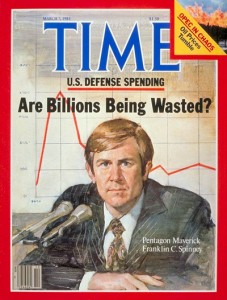
Dr. Colin S. Gray is Professor of International Politics and Strategic Studies at the University of Reading, England. He worked at the International Institute for Strategic Studies (London) and at the Hudson Institute (Croton-on-Hudson, NY) before founding the National Institute for Public Policy, a defense-oriented think tank in the Washington, DC, area. Dr. Gray served for 5 years in the Ronald Reagan administration on the President’s General Advisory Committee on Arms Control and Disarmament. He has served as an adviser to both the U.S. and British governments (he has dual citizenship). His government work has included studies of nuclear strategy, arms control, maritime strategy, space strategy, and the use of special forces. Dr. Gray has written 25 books, including: The Sheriff: America’s Defense of the New World Order (University Press of Kentucky, 2004); Another Bloody Century: Future Warfare (Weidenfeld and Nicolson, 2005); Strategy and History: Essays on Theory and Practice (Routledge, 2006); Fighting Talk: Forty Maxims on War, Peace and Strategy (Potomac Books, 2009); National Security Dilemmas: Challenges and Opportunities (Potomac Books, 2009); The Strategy Bridge: Theory for Practice (Oxford University Press, 2010); War, Peace and International Relations: An Introduction to Strategic History, 2nd Ed. (Routledge, 2011); Airpower for Strategic Effect (Air University Press, 2012); and Perspectives on Strategy (Oxford University Press, 2013), which is the follow-up to Strategy Bridge. Dr. Gray is a graduate of the Universities of Manchester and Oxford.
Titles Only:
Continue reading “Worth a Look: Colin Gray on Stratey at US Army Strategic Studies Institute”









